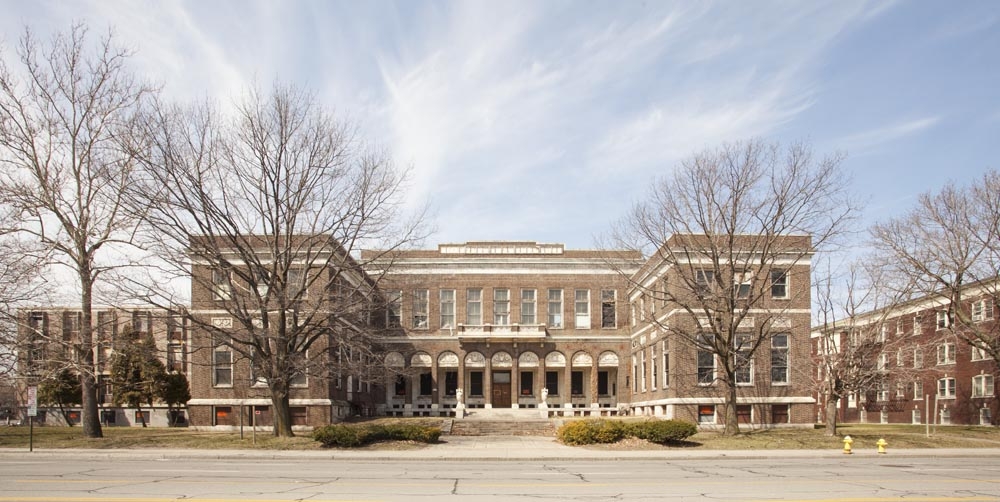 When it comes to renovating older homes, many prospective homeowners feel that they are better off building a new home instead. After all, purchasing an existing home often means you’re also buying low-quality features and appliances that will likely need replacing in the near future. However, when a homeowner capable of investing the necessary time and effort into a renovation finds the right property, the results are often worth the risk.
When it comes to renovating older homes, many prospective homeowners feel that they are better off building a new home instead. After all, purchasing an existing home often means you’re also buying low-quality features and appliances that will likely need replacing in the near future. However, when a homeowner capable of investing the necessary time and effort into a renovation finds the right property, the results are often worth the risk.
On Sunday, November 16, the Landmark Society of Western New York honored some of these homeowners for their work in maintaining the Rochester area’s historic architecture, often despite plenty of evidence suggesting they would be better off buying something newer.
Held at Rochester City Hall, the Landmark Society honored 10 individuals and organizations who have worked to protect and revitalize local sites and buildings of historic significance. One of the primary awards, the Historic Home Award, went to Rosemary Janofsky, who recently restored a 19th-century mansion at 625 Mt. Hope Avenue into a four-bedroom bed-and-breakfast called the Ellwanger Estate. Named for its original owner, famed horticulturist George Ellwanger, the building was previously managed by the Landmark Society until Janofsky purchased the property in 2006.
The ceremony also honored two individuals who have dedicated years to the organization: Jean France and Michael Dube. France, an architectural historian and preservation consultant, accepted a Special Achievement Award for over 60 years of work with the Landmark Society, which often involved advising preservation efforts on a number of famous local projects, including the Frank Lloyd Wright-designed Edward Boynton House. France and the Landmark Society’s work is currently on display in Easton, Maryland at the Academy Art Museum, which is hosting an exhibit on Wright’s “organic” and open design style. Meanwhile, Dube was awarded the Landmark Society’s Craftsman award for his work on a number of important local structures, such as the Susan B. Anthony House, the Genesee Country Village and Museum, and the Dayton Corners School. Dube specializes in historic stucco and plaster work, an increasingly rare skill given the number of recent advances in building codes and techniques.
A number of other awards focused on noteworthy structures throughout the Rochester area: for example, George Traikos, the owner of the Academy Building at 13 S. Fitzhugh St., received the Barber Conable Award for overseeing the building’s conversion from a public high school into 21 loft-style apartments. Likewise, the city’s decade-long efforts to rehabilitate the Rochester Public Market were recognized with the Historic Landscape Award. But the ceremony’s attention extended beyond the city itself: the New York State Fish Hatchery in Caledonia, Livingston County, was also honored with the Historic Landscape Award. New York State was also honored for its rehabilitation work on the North Wayneport Road Bridge in Macedon, which was originally built in 1912.
Finally, three buildings received special recognition: the brick headquarters of Stantec Consulting Services at 61 Commercial Street, a fitting honor for an architectural engineering firm; the Portageville Chapel Organ Retreat near Letchworth State Park, and the St. Januarius Catholic Church in Naples.
Wayne Goodman, executive director of the Landmark Society, ended the event by encouraging preservation-minded residents to continue their work in the Rochester area. “If we’re not in this room, doing this work,” he said, “trust me, no one will.” While renovations might not be for everyone, there is no doubt that the historic legacy of cities like Rochester would suffer without people willing to put in the work.
[Photo courtesy of the Landmark Society of Western New York.]





No Comment